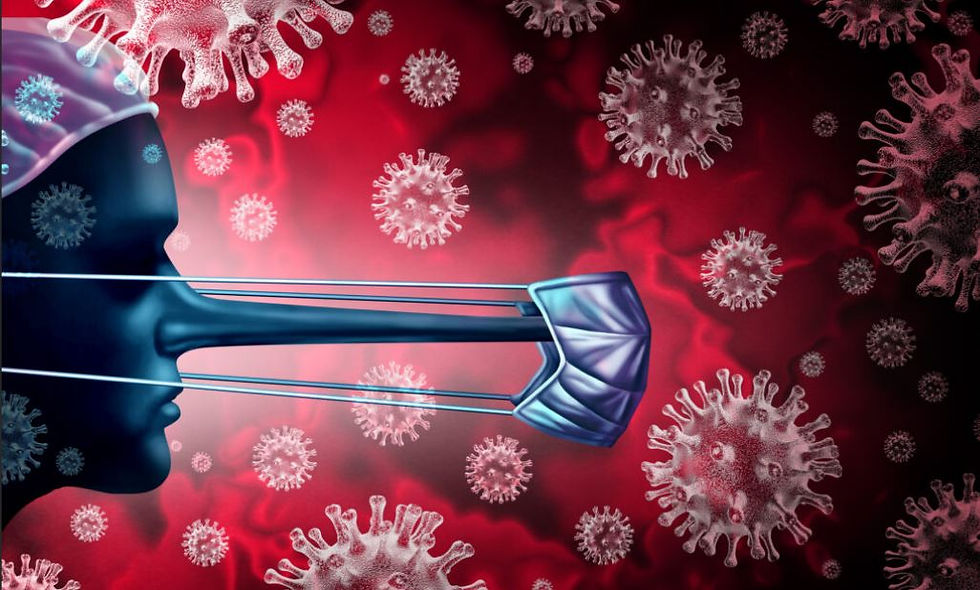FAMILIES WITH ADDICTIONS FOR HEALTH AND EQUITY IN SERVICES: FASES
- Arnaldo Cruz Igartua

- Mar 1, 2022
- 3 min read
Updated: Mar 7, 2022

FAMILIES WITH ADDICTIONS FOR HEALTH AND EQUITY IN SERVICES: FASES
It is a nonprofit group of family members who voluntarily meet weekly to educate and support each other on how to better understand and support their family members with addictions. They are educated free of charge by specialists in psychiatry and addiction medicine so that they learn to understand and help themselves and their families seek, receive, and stay long enough in specialized Addiction Prevention, Treatment, or Harm Reduction services.
Unlike other existing support groups like 12-step and SMART recovery; This group seeks to develop strategies to break down discrimination, prejudice, and barriers that prevent equal treatment of other people with physical or mental illnesses.
Purposes:
1. Affirm the importance of the family and its scientific education in prevention, harm reduction, and treatment of people who have addictions or other mental illnesses.
A. Help disseminate and educate other family members and the community about scientific information about addictive diseases and their prevention, treatment, and harm reduction; avoiding entering into debates of opinions or pseudoscience, but rather showing in a clear and simple way the best available scientific evidence.
B. Educate and train family members to provide essential support in the process of recovering the well-being of both their family members with addictions and the family in general and the voice of scientific education to other family members and the community.
2. Identify and contribute to confronting, in an educational, strategic, and peaceful manner, the lack of services, the barriers, prejudices, and discrimination faced by individuals and families with addictions in order to receive prevention, treatment, and harm reduction services for all those who need it. no matter your economic level.
A. Present the most recent and verifiable scientific evidence available that supports education and possible legislation in favor of equity in prevention, treatment, and harm reduction services for individuals and families with addictions and other co-occurring mental illnesses
B. Contribute to educating and moving the community and governments to increase and improve the supply of prevention and harm reduction treatments aimed at people and families with addictions. Take them to the level of supply and quality that is given to other people with other mental or physical illnesses.
Epidemiological data from the CDC, NIDA, and other scientific sources indicate data very different from the information brought to us by the media. The legalize or ban approach has not resulted in reducing deaths or multi-million dollar annual losses. From both extremes, it is clear that legalized substances are the ones that are advertised and are more accessible, and therefore the ones that are used more and are associated with worse damage. However, banning advertisements and implementing other public health measures (such as increasing the supply of services and specialized treatments in mental health and addictions) do prove to be effective in epidemiological studies, but they are not implemented by governments.

We are told in the media about the huge profits of the tobacco, alcohol, and recently marijuana industries. The multi-million dollar losses related to the use and abuse of these addictive substances (deaths, low productivity, misuse of hospital services and emergency rooms, domestic violence, school dropout, associated diseases, etc.) are not mentioned to us. In fact, they also do not explain to us that for every person with active addictions without treatment there is a family that suffers and has nowhere to go to evaluate or care for their sick family member. Such damages are economically incalculable but it is suspected that they could double the direct costs to the patient. These losses must be borne by the taxpayer. In the case of marijuana, studies have already emerged that indicate that for every dollar obtained from taxes, the government loses 4.50 dollars that the taxpayer ends up paying (epidemiological study by the Colorado Centennial Institute in 2017).






Comments